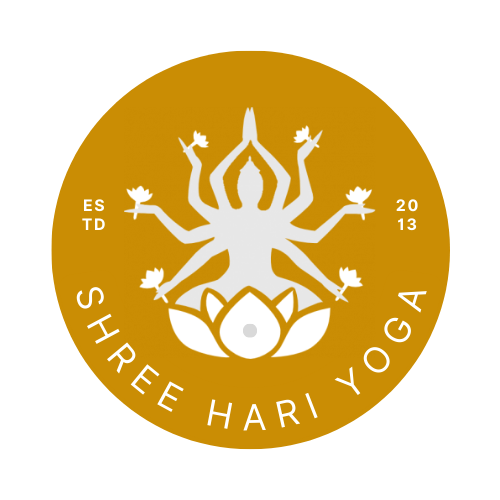Table of Contents
ToggleThe History Of Yoga Postures

Time and again, you must have heard about the 5,000 year old lineage of yoga. However, you will find certain scriptures missing in between. The history that you or anyone for that matter comes across, is with certain gaps. There are stories afloat that point towards the fact of yoga being at least 10,000 years old, as well. There is nothing much, which one can do regarding this obscurity, though.
Yoga proponents have divided history into four main periods. Let us delve into the periods, and find out what they behold. If you join any good yoga school in Rishikesh, you can also learn the same in detail.
Pre-Classical Era
You can trace back the beginning to the Indus Valley- Sarasvati civilization. It was somewhere in Northern India, around 5,000 years ago. The mention of the word ‘Yoga’ was first found in Rig Veda. The Vedas are basically a collection of songs, rituals, as well as mantras. Brahman priests mostly used them. These are the ones responsible for converging the studies of the Vedas and Upanishads. Moreover, the seers and sages in those times started documenting the practices across 200 or more scriptures. The most renowned scripture that people know about, is the Bhagavad Gita. You will come across various ideas, like self-knowledge, self-emancipation, and karma yoga in these scriptures. Moving ahead, the period of Classical Yoga takes charge.
Classical Era
In the beginning, Yoga was in a state of confusion, with vague ideas and practices. Some of the beliefs and techniques had conflicts amongst themselves, as well. However, Patanjali’s Yoga Sutras came up in the Classical era. It showed a direction to this ancient practice. Patanjali, the enlightened sage organized yoga into the eight-limbed pathway. You will find stages like Yamas, Niyamas, Asana, and finally Samadhi carefully chalked out. Thus, Patanjali has been hailed as the ‘Father of Yoga’. He has a strong influence in this segment, to date.
Post-Classical Era
A few centuries after the elusive sage Patanjali, many new yoga proponents emerged. Each one of them, started designing practices in yoga that were in line with their beliefs. Moreover, Yoga started taking on a more physical and fitness-oriented form. These yogis also started moving away from the knowledge of the Vedas and Upanishads. Tantra Yoga came into being, which studied and practiced the amalgamation of the body and spirit. The same was slowly developed into Hatha Yoga. In the realm of Hatha Yoga, you have to strengthen the body first and then move on to the mind, and then spirit.
Modern Era
Sometime in the late 1900s, or probably before that as well, yoga spread its wings and travelled to the West. Yogis also started expanding their geographic boundaries, and took yoga to countries like US, the UK, and Europe. Swami Vivekananda, a yoga practitioner, lent his voice as well. T. Krishnamacharya, Swami Sivananda and many other yogis vouched for the science, in front of the Western world. Hatha Yoga was at the core of all yogic practices at that time. In fact, Swami Sivananda also had more than 200 works under his belt.
However, a question that remains to be answered, is whether asanas were a part of yoga from the beginning or not. And the answer lies underneath.
History of Asanas
Whenever somebody hears about yoga, gymnastic-like poses appear in front of their dazed eyes. However, if you go back to the original works, you will find the breathing techniques and meditative techniques, assuming importance. Such works do not even mention asanas or yoga postures in detail. Jnana Yoga, Raja Yoga, Bhakti Yoga, and Karma Yoga are a few of the yogic paths. These yogic branches revolve around mantras, tantra, mudra, services to others, and asanas. However, the asanas alone, fall under the category of Hatha Yoga. You can join one of the best yoga schools in India, to learn about them today.
Initially, Hatha Yoga’s sole aim was to strengthen the physical body, so that the inherent mystical energies already present in the hidden layers of the human body, could be put to better use. If you spend less energy in digestion, you can use that same energy to reach a higher goal of spirituality. Hatha Yoga is a means to an end, like Samadhi, to be exact. You can trace back the mention of asanas first, in Patanjali’s Yoga Sutras. Asana is in sutra 29 in book 2 of Patañjali’s sutras. You can find the second reference in sutra 46 of book 2. Likewise, you have the third and fourth sutras, which depict asanas as a way to achieve steadiness and stop distraction.
The approach was more towards preparing the body for meditation or Pranayama. Much of the evidences coming up reveal that asanas may not be 5,000 years old as believed. They might have come up in the last 200 years. Yogis like Pattabhi Jois and B.K.S. Iyengar, practiced the flowing style, started by Krishnamacharya. However, ancient texts only mention seated postures, wherein one could assume a distraction-free state of being. You can distance asanas from the original scripts. However, they may have been deemed necessary.
Final Words
The more active type of yoga, which has gained prominence in the West might have been born in India. However, they were not initially a part of meditative avenues. They were a part of Kshatriya practices that included warfare and martial arts. Dhanur Veda holds the key to these asanas or yogic postures. Vedic martial arts was the most ancient basis, that one can find. And, it has continued to develop over a period of time. Yoga and Dhanur Veda overlap to a certain extent. You can conclude that Hatha Yoga came into being, as a part of the martial as well as monastic approach towards Yoga. And, it is connected to the Dhanur Veda. Hatha means ‘force’ in the Sanskrit language. And, Indian martial arts were connected to the use of such forces. So, asanas are basically a derivative of this tradition or warfare and had less connection to meditative avenues initially. However, the approach has been combined to produce all-around effects.





